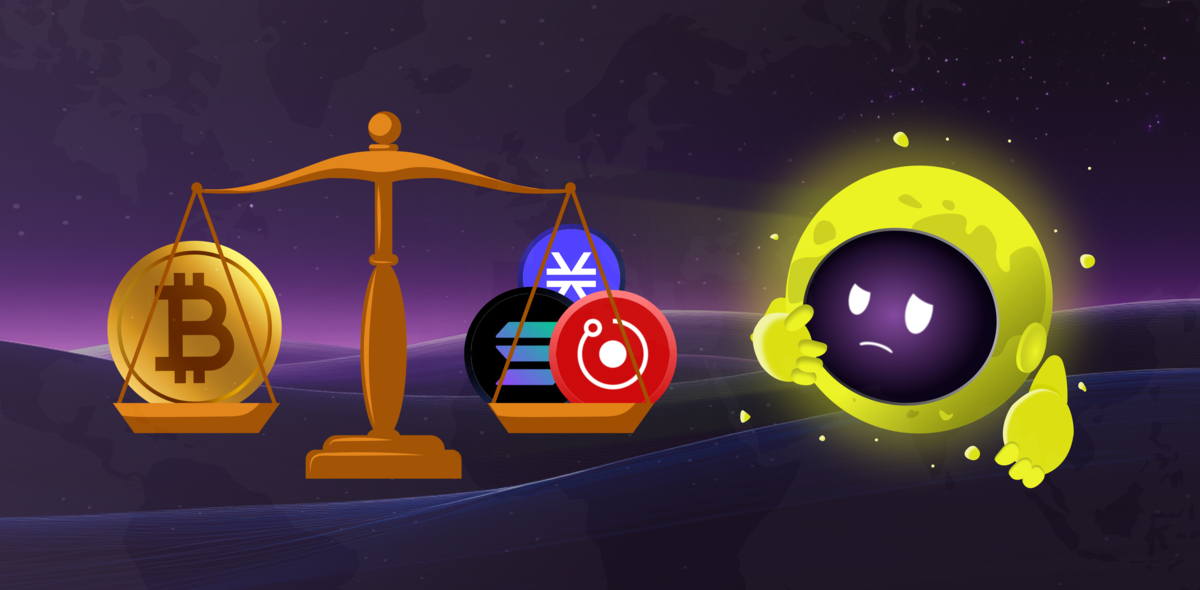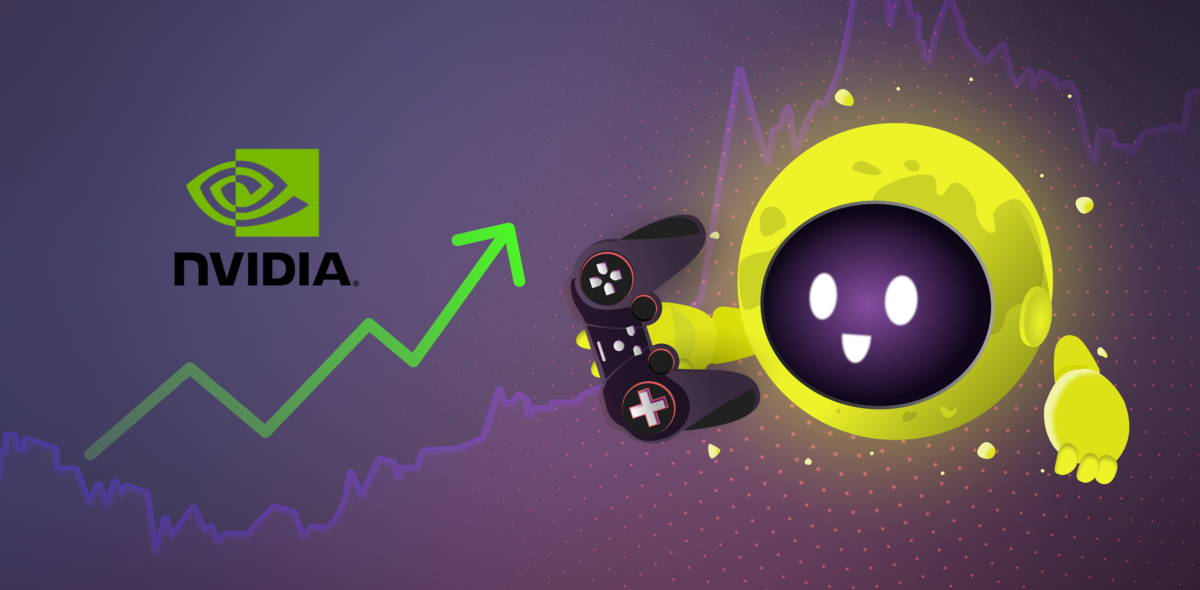
The mechanics of markets are based on the fact that by buying or selling cryptocurrency in the market, traders want to record their profit in something stable and reliable - in that it will be invariable in value for as much time as possible. For this, classic "paper", or fiat, money is well suited.
Why is USDT So Popular on Crypto Exchanges?
Fiat and fiduciary money are those that each of us holds daily in our hands or bank accounts. These are coins and banknotes that are used as the main currency of our country — we pay for goods and services with them.
The names come from the Latin words fiat - "let it be done" and "fiducia" - "confidence."
A small part of the 300 cryptocurrency exchanges collected in the list of CoinMarketCap.com allows trading in fiat currencies, and an even smaller part of exchanges trades cryptocurrency against the American dollar. Centralized cryptocurrency exchanges with fiat are highly dependent on regulators, which require the disclosure of the personal data of users. This is due to the fight against money laundering and the financing of terrorism.
The use of fiat money on cryptocurrency exchanges creates several problems for exchanges: regulation, strict requirements of KYC (know your client), and fees for transfers from one account to another. Therefore, crypto exchanges and users are so fond of "stable" cryptocurrencies: there are no borders for cryptocurrencies, no bans, and no regulation (so far).
Also, they have a higher transfer speed compared to fiat money in bank accounts and fixed low transfer fees to another person. For example, in the Binance blockchain, transactions cost 0.01-0.1 $. This is a tangible advantage over fiat money, and for this reason, "stable" cryptocurrencies have become widespread.
The largest, and most dominant stablecoin over all others is the USDT.
Tether Peg Mechanism
The main reason the USDT price can presumably collapse is that most USDT holders cannot directly "run to the bank."
According to Tether, they only do business with "professional investors."
If something happens that severely undermines trust in Tether, such as government repression, regulatory rules, or an accidental sudden drop in USDT prices, then retail traders will be able to sell their USDT only in CEX and DeFi for other crypto assets, stablecoins, or fiat.
We already have experience in March 2020, when during the time of uncertainty, the "COVID collapse," traders mostly bought up stablecoins and fiat. And we know that there is not much liquidity for this.
Why Is USDT Binding Fragile?
To fully understand how USDT can collapse under high sales pressure, let's determine what adequate binding means.
The demand for USDTs is due to their usefulness in the CEX world. In case of high demand, the binding breaks and USDT rises in price, which creates an arbitration opportunity when traders can purchase fresh USDT from Tether for $1 and buy cryptocurrency or USD at a discount.
When USDT becomes cheaper, there is another possibility of arbitration, when traders can purchase USDT at a lower price, which helps to restore binding.
Under normal circumstances, if the USDT price is below $1 for a long period, arbitrators will eventually redeem the discounted USDT and restore the peg.
To do this, it is very important to maintain trust in Tether. The arbitrator should be confident that USDT may eventually be redeemed at face value or at least above the purchase price, but there are no actual guarantees besides ongoing public consensus that it is indeed the case.
Status of Dollar Liquidity in Crypto Markets
Back in 2018, Hasu found that USDT accounts for 29% of Bitcoin's liquidity. Since then, things have become much more complicated.
There are now 12 times more USDTs in circulation. The spot markets of centralized exchanges (CEX) are dominated by basic USDT pairs, which account for approximately 65% of the trading volume.
In addition, the complexity of the market has increased significantly due to the distribution of cryptocurrency-related products, such as TradFi, DeFi protocols, and derivatives secured by USDT.
In this analysis, we focus on CEX and DeFi markets that will be directly affected by hypothetical USDT-related shocks.
Tether regularly, 2-6 times a year, audits its balance sheets to ensure USDT stability. However, in its public records, it states that the reports are not financial statements and represent unaudited financial information extracted from its accounting records. And also states that USDT capitalization is based on the provision of consolidated (all combined) assets, which include: the dollar, euro, Chinese yuan, gold, Mexican peso, corporate bonds, loans, other investments (cryptocurrency), and other assets that Tether indicates in the type of collateral.
From their reports, it can be seen that of the declared 85% of "cash and cash equivalents," only 5.81% are the same cash in the company's accounts. The reliability of the remaining securities to ensure stability will depend on liquidity in those markets where Tether will be able to quickly sell its "other assets" for redemption from the market of its USDTs.
Money Market Funds — Investments with Low Risk and High Liquidity
Commercial securities are short-term debt obligations that give a fixed income and are sold at a discount on face value. The circulation period of securities is from 1 to 365 days. The company issues commercial paper to receive financing in a very short time. Thus, the company receives immediate liquidity. When commercial paper is secured by the assets of the company's business, the owner of the commercial paper has a large guarantee in the event of the issuer's default.
US Treasury bills are short-term discount securities of the US Treasury with maturity from 3 months to a year. Highly liquid with low risk.
As a result, it is especially interesting to note the distribution of risks and diversification. Tether, receiving fiat funds in its accounts, distributes money to other assets, receiving a % of the profit from this. And here we can conclude that if necessary, Tether will really begin to sell off its securities to buy USDT from the market, and so far they are doing it.
Does Tether Have Enough Reserves?
What happens next if markets do collapse due to a loss of confidence in Tether?
Depends on how much Tether reserves will cost when everything happens. After all, if Tether can put $62.7 billion in cash after the crash, it turns out that the panic was unjustified.
Trust in Tether will be restored and markets will begin to recover.
An interesting question arises: how much will Tether reserves cost in the event of a serious decline?
To answer this question, you need to know where 62.7 billion US dollars came from.
Everyone is used to thinking that the USDT offer corresponds to the inflow of USD to Tether bank accounts 1 to 1. But if we look at the breakdown of Tether's reserves, and in particular, a large position in "commercial paper," we can assume that Tether has a partial reservation.
Why could the collapse of the USDT bring down the entire crypto market?
- Traded on all exchanges.
- Created in 2014, continues to dominate, as the leader in capitalization among stablecoins;
- The leader in terms of trading volume among other stablecoins;
- Extended to 40 + blockchains;
- Centralized = Managed. They freeze the wallets ofhackers;
- Opaque is provided with fiat money and other assets;
- USDT has close friendly ties with the popular Bitfinex exchange. You can put an "equal" sign between them since they belong to the parent company IFinex.
In the case of the USDT scam, giants will fall for sure. USDT is the most common stable cryptocurrency. And now, when the market is on a platoon, the smell of gasoline vapors is already in the air, and only a spark remains to appear, which crumbles this market, causing a chain reaction.
Conclusion
One way or another, a crisis of confidence in Tether could lead to a serious shock in the market.
Of course, there remains the possibility that big players will counteract the crisis by buying back large volumes of USDT to restore binding or successfully assuring the market that all USDTs can be redeemed at face value.
But you can't be 100% sure that this cannot happen.




